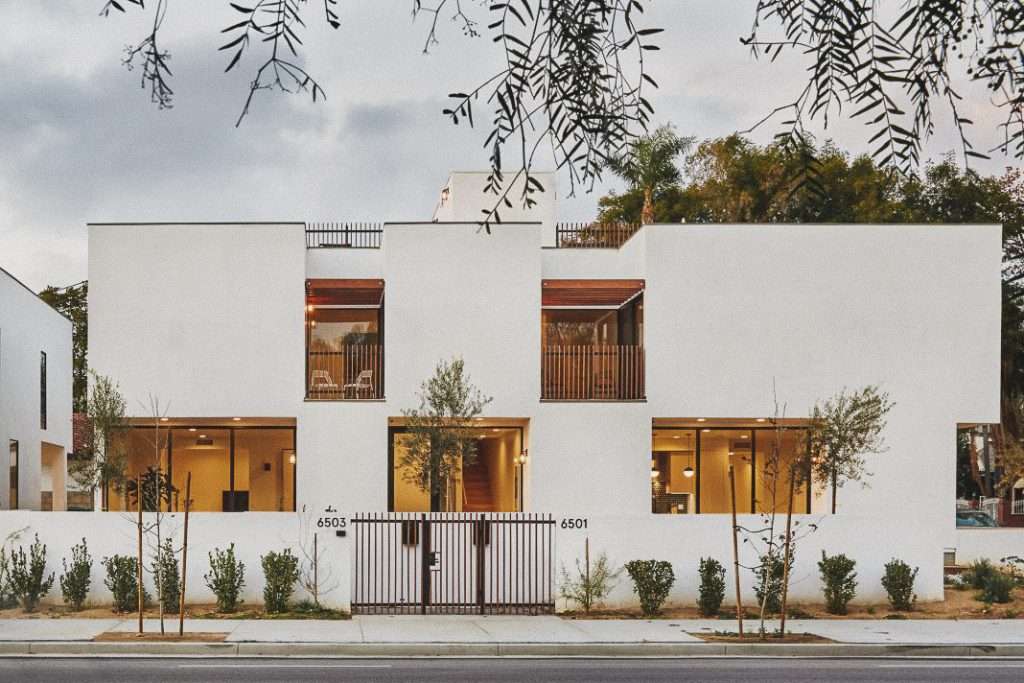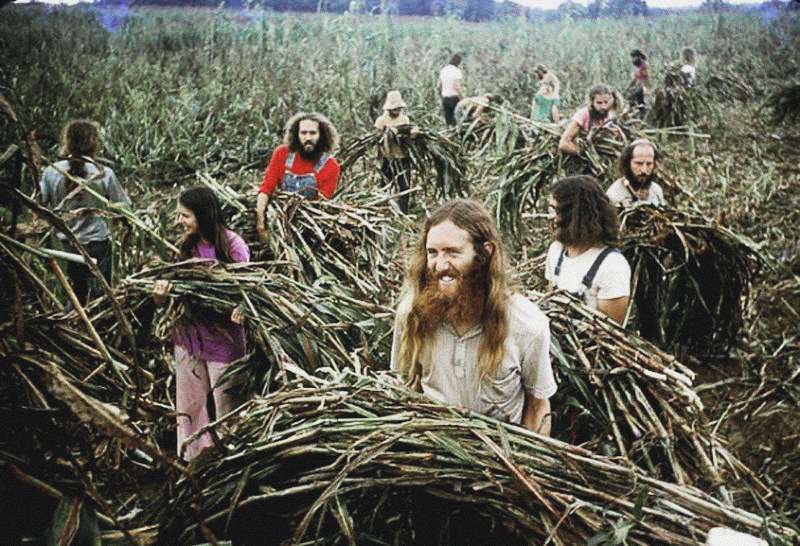Is communal living the most sustainable way to live? Are communes cults? Here’s everything you need to know about making the shift to an intentional community.
While millions of Americans were begrudgingly sheltering in their McMansions for what felt like an eternity during the dark days of the pandemic, another trend was also taking hold: intentional communities or communes (now sometimes modernized as “pods” or “bubbles”).
The trend, which began long before the pandemic, looks set to linger long after life returns to normal, too. Last year, the New York Times reported on the rise of intentional communities and communes.

“Though many residents of intentional communities are undoubtedly frustrated by climate inaction and mounting economic inequality, others are joining primarily to form stronger social bonds,” The Times reported.
The number of intentional communities listed in the communal living sector’s directory, the Fellowship of Intentional Communities (FIC), nearly doubled between 2010 and 2016 (the last year the directory was published). It now contains some 1,200 listings. Estimating the total number of people living in these communities is difficult, but the FIC suggests it could be as high as 100,000 in the U.S.
“There’s an obvious growth trend that you can chart,” Sky Blue, the FIC’s executive director, told The Times. He says that millennials “get this intentional community thing more than people in the past.”
Communal living migrations
Business Insider reported that a mass migration, which started before the pandemic, is continuing to see interest now, too, particularly amid the current inflation and rising home prices. People are fleeing major metro areas like Manhattan, Chicago, and Los Angeles, and flocking to less-populate areas like Boise, Idaho; Billings, Montana; and Sioux Falls, South Dakota where they are joining communities with common interests.
Idaho, for example, has seen a 194 percent increase in transplants since the pandemic lockdown began. But the migration was already underway: In 2019, Boise earned the title “best place to live for millennials.” Thousands of these new residents are from Los Angeles.

But you don’t have to flee the urban epicenters to go communal. As millions of Americans struggle to make ends meet, communal living projects offers an affordable alternative via shared resources and reduced expenses. It’s also a way to foster engagement at a time when socializing has become increasingly more difficult and dangerous. Despite rising vaccine rates and reduced cases, some people are adopting a new normal: fewer and more meaningful interactions. Communal living makes for the perfect setting.
Intentional communities and your carbon footprint
“Many people are looking for antidotes to ever-increasing consumption and feelings of social isolation,” the World Economic Forum (WEF) notes. “There is no single solution, and we will need to look at all aspects of our lives, from the way we consume to day-to-day practices. But for some, the solution is to be found in communal living and intentional communities.”
The WEF suggests these communities may be one of our best avenues for reducing our carbon footprints, too — by adopting practices that are less resource-intensive.

“Today’s urban communities capitalize on urban cycle networks and public transport. They are also more likely to engage with green transport options such as electric carpooling and on-site workspaces to reduce travel entirely. And those within intentional communities “have been ahead of the curve on this for many years, with ideas such as vegetarianism and self-sufficiency often central to their way of life.”
Some of the ideas being tested in these communities “can create the blueprints for the towns and cities of tomorrow,” WEF notes.
Could communal living be the norm for the next generation?
Bloomberg reports that the pandemic resulted in a “huge surge” in interest in communal living. “Many of these communities are self-contained and self-reliant,” Cynthia Tina, FIC’s communications director said. “They grow their own food, produce their own renewable energy,” and offer a collaborative approach to “emotional support and child care.”
Are communes cults?
The answer isn’t an easy one. Cults, like the Manson Family, Jonestown, and the Rajneesh Movement, all encouraged communal living. That’s the nature of cults; maintaining control is much easier done when in close proximity to a cult leader.

But communal living doesn’t have to be a cult. Often, they’re perfectly benign efforts where people come together for a common goal. Many communes or intentional communities are run by boards that distribute power and decision-making, unlike figurehead-led cults.
Still, today’s modern communes often shy away from language like “commune” for fear of hippie or cult connotations.
“Many of the more ambitious projects aren’t listed [in the FIC],” Bloomberg notes, because “they’d rather not define themselves as intentional communities because of fears it sounds hippie-ish.”
But even that aversion could soon change as younger generations embrace communal living for their personal health and finances, the planet, and their communities.
Related on Ethos:


